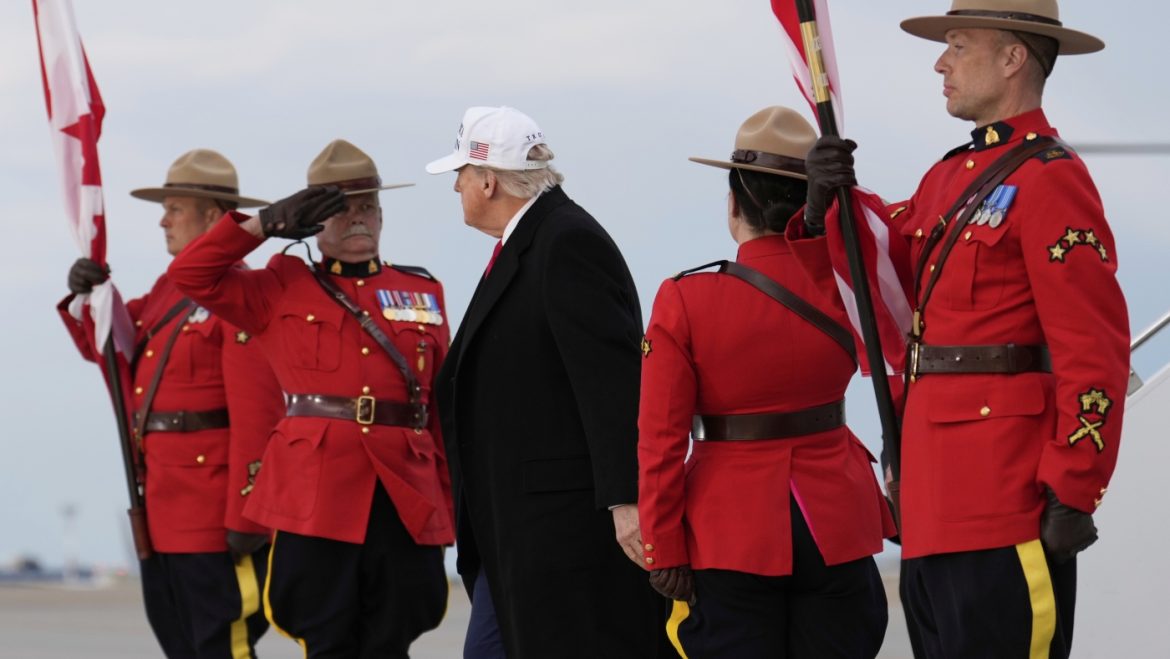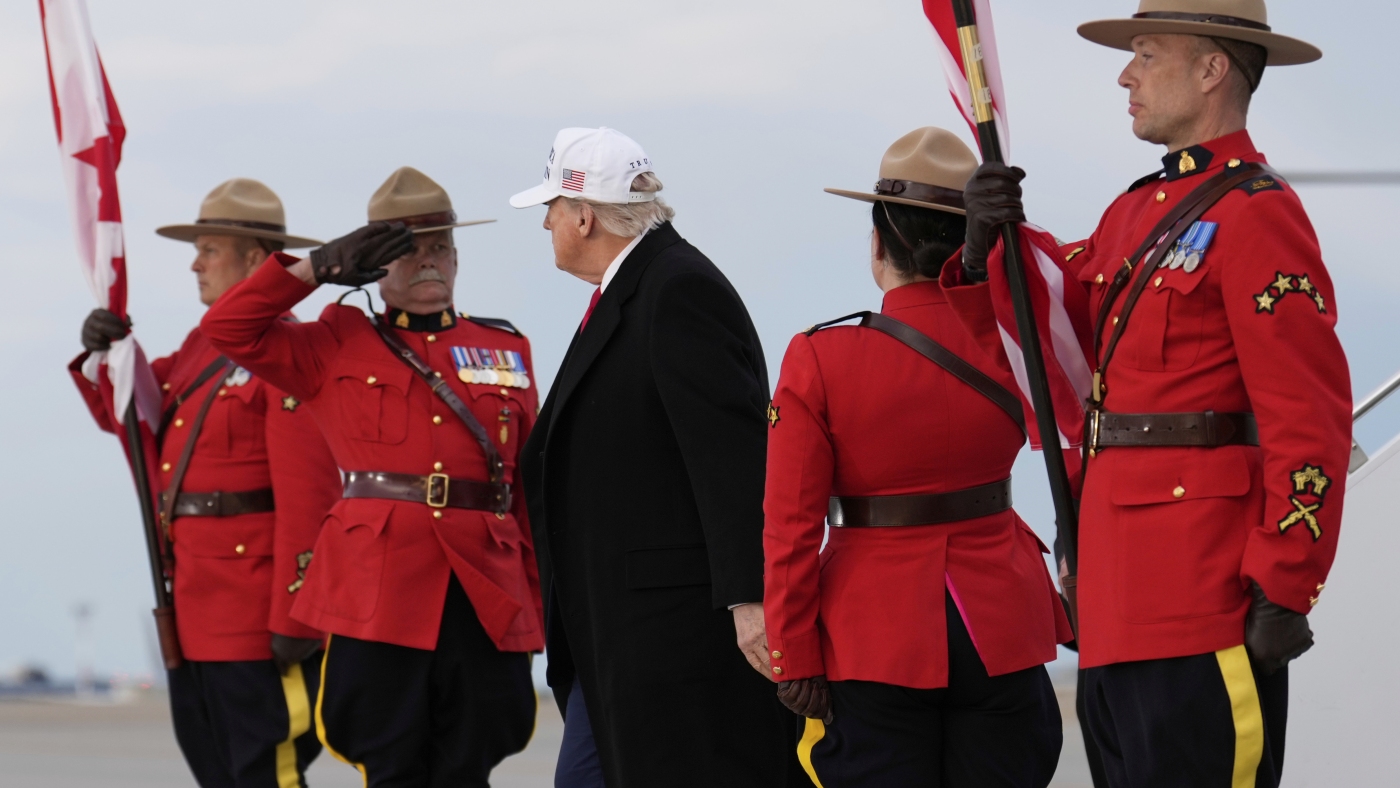The 2025 Group of Seven (G7) summit convened in the Canadian Rockies, specifically in Kananaskis, Alberta, has emerged as a critical international forum shadowed by significant global tensions. Traditionally a platform for discussions among some of the world’s most powerful industrialized democracies, this year’s summit’s agenda and atmosphere have been heavily influenced by pressing geopolitical and economic crises. Two dominant themes loom large: the escalating Israel-Iran conflict and persistent trade wars spearheaded by U.S. President Donald Trump.
Geopolitical Turmoil: The Israel-Iran Crisis at the Forefront
The summit arrives amid a deepening Middle East conflict, with Israel’s recent military strikes targeting Iranian interests and Tehran’s retaliatory actions escalating tensions. This volatile situation has transformed from a regional dispute into a broader international concern, placing it at the epicenter of the summit’s discussions. The urgency is underlined by the fact that the Israel-Iran crisis has overtaken other ongoing global security matters, such as the conflict in Ukraine, indicating its profound impact on international stability.
G7 leaders face a complex web of diplomatic challenges as they seek to navigate these heightened tensions. The objective is to deliberate approaches that can prevent further escalation while addressing the geopolitical ripple effects that threaten global security. The presence of world leaders during such a precarious phase signifies the summit’s role as a potential conduit for coordinated diplomatic responses, though consensus remains elusive given the disparate interests and alliances among member countries.
Enduring Economic Frictions: Trade Wars and Tariff Disputes
Concurrently, the 2025 summit is marked by continuing economic strains rooted in unresolved trade disputes, notably initiated by President Trump. These trade wars have strained relations not just with traditional allies within the G7 but also with economic competitors globally. The tariff impositions and retaliatory measures over the past years have complicated cooperation on economic matters, threatening the cohesion that the G7 nations rely on to tackle shared financial issues.
President Trump’s aggressive trade policies, including controversial threats related to Canada and Greenland, further complicate the summit’s dynamics. These actions have sparked political anxieties and public protests in multiple countries, as citizens and governments grapple with the potential disruptions to trade and economic security. The summit’s agenda hence has to balance these economic disputes with the imperative to address the geopolitical crises, demanding shrewd diplomatic maneuvering from all participants.
The Canadian Setting: A Strategic and Symbolic Choice
Hosting the summit in the Canadian Rockies, near Banff and Kananaskis, adds both logistical and symbolic dimensions to the gathering. Canada’s choice of a serene and somewhat remote mountainous backdrop contrasts sharply with the volatile themes dominating the summit, underscoring the tension between natural tranquility and international unrest. The location has been selected for both security and symbolic outreach, presenting an image of unity and peaceful dialogue amidst chaos.
Prime Minister Mark Carney’s preparations and diplomatic hosting duties reflect Canada’s central role in trying to facilitate cohesive discussions. By inviting non-G7 leaders as observers or contributors, the Canadian government seeks to broaden the scope of dialogue, potentially easing tensions through inclusive diplomacy. However, the external challenges—such as public protests and the unpredictable nature of the U.S. delegation—pose ongoing hurdles to a seamless summit experience.
Potential Outcomes: Diplomacy in a Time of Crises
Given the summit’s fraught context, expectations for concrete resolutions are cautious but focused. The Israel-Iran conflict is poised to dominate the agenda, compelling leaders to explore ceasefire advocacy, regional de-escalation strategies, and humanitarian support. At the same time, economic deliberations will likely emphasize attempts to de-escalate tariff conflicts, aiming for incremental progress that resuscitates fractured trade relationships.
Bilateral meetings alongside the formal summit schedule provide additional opportunities for negotiation and behind-the-scenes diplomacy. These side encounters may prove crucial in building trust and developing frameworks for future cooperation. Yet, the presence of populist and nationalist rhetoric, particularly from the U.S. side, threatens to overshadow collaborative intentions, introducing unpredictability into the summit’s final outcomes.
Conclusion: A Summit Defined by Contrasts and Challenges
The 2025 G7 summit in Canada illustrates the convergence of geopolitical conflict and economic rivalry that currently defines much of the international order. While set against the breathtaking calm of the Canadian Rockies, the gathering itself is steeped in urgency and complexity. The Israel-Iran crisis demands global attention and coordinated action, just as the enduring trade wars challenge the cooperative spirit of the G7 nations.
This summit, therefore, represents more than a routine meeting of economic powers; it is a critical juncture where diplomacy faces the test of reconciling deeply entrenched conflicts and economic divisions. The success or failure of the summit will reverberate well beyond its scenic locale, influencing global stability, economic cooperation, and the future role of the G7 in an increasingly fractured world.


